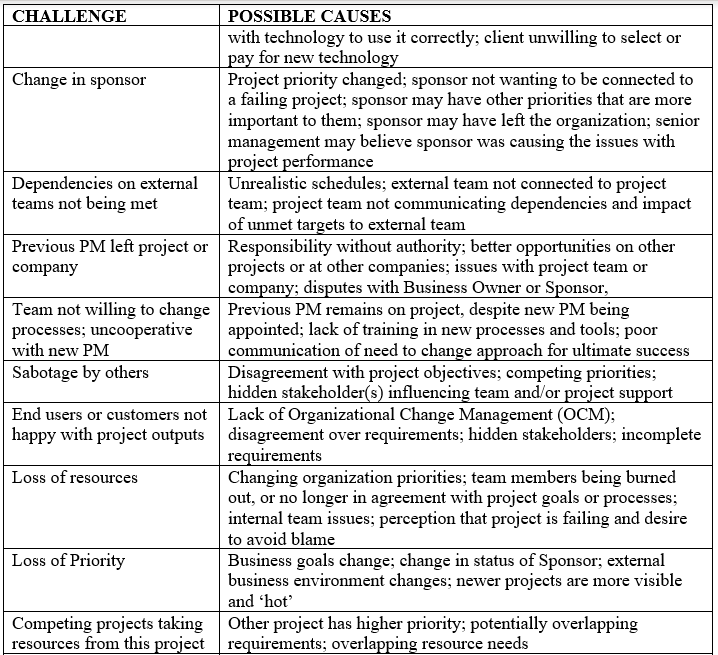Adapting Agile Principles for Successful Maintenance Hand-Overs
Over the 20+ years since the Agile Manifesto was created, more and more organizations see agility as key to success, especially for software development. Agile methodologies have revolutionized the way teams approach software development, emphasizing flexibility, collaboration, and continuous improvement. Ideally, there are Product Teams that handle development and maintenance throughout the product’s lifecycle. But what happens if development and maintenance are handled by separate teams?
This scenario can be problematic, especially if the teams are using are using different methodologies, or belong to different organizations (e.g. in-house and contractor teams). What happens when it’s time to transition control of a software project from the development team to the maintenance team? Can Agile principles be applied to facilitate successful hand-overs? In this article, we’ll explore how Agile principles can be adapted and applied to ensure smooth and successful software transitions.
Understanding Agile Principles
Before we delve into how Agile principles can be adapted for software transitions, let’s briefly review some the core principles of Agile methodology. Agile is built on four foundational values and twelve principles, as outlined in the Agile Manifesto. These values and principles emphasize:
- Individuals and interactions over processes and tools
- Working software over comprehensive documentation
- Customer collaboration over contract negotiation
- Responding to change over following a plan (flexibility)
Adapting Agile Principles for Transitions
Now, let’s examine how these Agile principles can be adapted and applied to facilitate successful software transitions:
- Flexibility: Agile methodologies prioritize flexibility and adaptability, allowing teams to respond to changing requirements and priorities. Similarly, in software transitions, flexibility is one key to navigating unforeseen challenges and adjusting plans as needed. By adopting a mindset embracing change, teams can proactively address issues and adapt their approach to ensure a smooth transition.
- Collaboration: Collaboration is a cornerstone of Agile methodologies, with teams working closely together to deliver value to customers. In the context of software transitions, collaboration between the development and maintenance teams is essential for success. By fostering open communication, sharing knowledge, and working collaboratively to address challenges, teams can ensure a seamless hand-over process.
- Continuous Improvement: Agile methodologies also emphasize continuous improvement, with teams regularly reflecting on their processes and seeking ways to enhance efficiency and effectiveness. Similarly, in software transitions, teams should evaluate their transition processes, identify areas for improvement, and implement iterative changes to optimize the hand-over process over time.
Advertisement
[widget id=”custom_html-68″]
Applying Agile Practices to Transitions
In addition to adapting Agile principles, teams can also apply specific Agile practices to facilitate successful software transitions. Some key Agile practices that can be applied include:
- Iterative Planning: Adopting an iterative planning approach to break down the transition process into manageable iterations, with regular checkpoints to assess progress and adjust plans as needed.
- Daily Stand-Ups: During the transition period consider holding daily stand-up meetings, where team members share updates, discuss progress, and identify any impediments. The goals is to facilitate communication and alignment between the development and maintenance teams.
- User Stories: Creating user stories to capture requirements and priorities from the perspective of the maintenance team can help ensure that the transition process is aligned with the needs of the end-users. Even more importantly, user stories that include updating and maintaining the software and likely rule or data updates will improve the maintainability of the software itself.
- Retrospectives: Conducting retrospectives at key milestones during the transition process allows teams to reflect on their experiences, identify successes and challenges, and brainstorm improvements for future transitions. These should also be communicated across teams and product groups.
Applying Agile Principles in a Software Transition
To illustrate the application of Agile principles in software transitions, let’s consider a hypothetical case study of a software development company transitioning control of a web application from the development team to the maintenance team:
- Flexibility: When unforeseen technical challenges arose during the transition process, the development and maintenance teams collaborated to adjust their plans and implement creative solutions, ensuring a successful hand-over despite the challenges. This included adjusting target dates and budgets for both teams to provide the time and resources needed.
- Collaboration: Through regular stand-up meetings and collaborative planning sessions, the development and maintenance teams worked closely together to share knowledge, address issues, and ensure alignment throughout the transition process.
- Continuous Improvement: Following each milestone in the transition process, the teams conducted retrospectives to reflect on their experiences and identify opportunities for improvement. By implementing iterative changes based on these retrospectives, the teams continuously optimized their transition processes over time. These were shared with other teams, along with tools, templates, and tips that had proven useful during the transition.
Conclusion
In conclusion, Agile principles can be effectively adapted and applied to facilitate successful software transitions from development to maintenance. By embracing flexibility, collaboration, and continuous improvement, teams can navigate the complexities of transition processes with confidence and ensure a seamless hand-over that meets the needs of end-users. Through the application of specific Agile practices and a commitment to Agile values and principles, organizations can optimize their transition processes and set the stage for long-term success in software maintenance.
If your organization uses Agile methodologies with development and maintenance handled by different teams, how are transitions handled?






